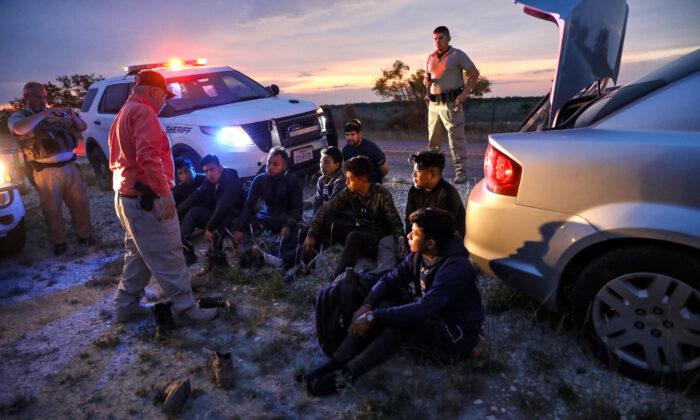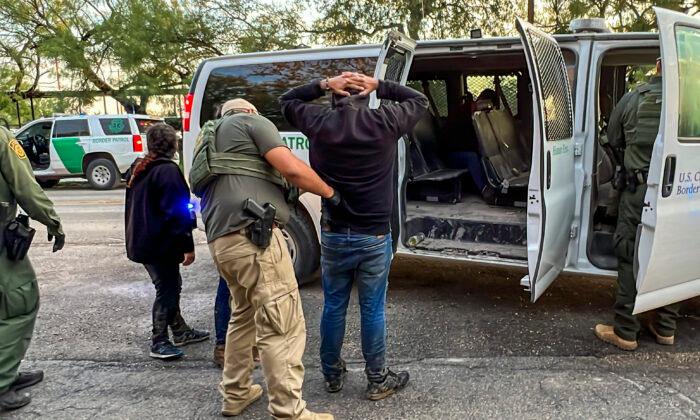WASHINGTON—A caravan’s worth of illegal immigrants cross the border every day—as has been the case for years. But the numbers are currently on a sharp upward trend.
The recent caravan of around 8,000 migrants mostly from Honduras—an anomaly because of its size and propensity for violence—created a media frenzy for a couple of weeks, but while the coverage has waned, the illegal border crossings haven’t.
During fiscal 2017, almost 400,000 people were apprehended along the southwest border after crossing illegally—averaging out to almost 1,100 per day. A further 124,500 turned up at ports of entry without documentation.
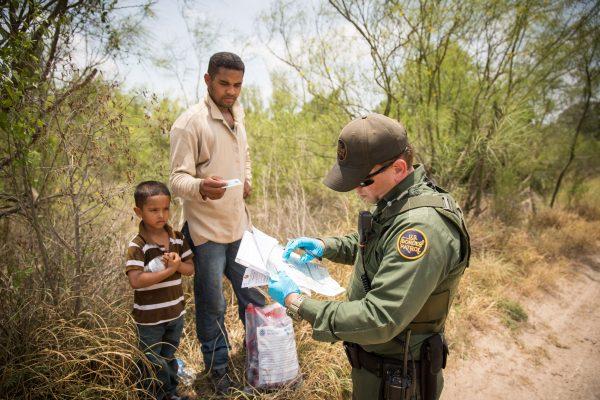
Driving the increase are family units from Central America.
A snapshot of the border crossings on Dec. 3 highlights the trend, according to Customs and Border Protection (CBP) Commissioner Kevin McAleenan.
“The highest numbers of arrivals at our southwest border in years—3,029 illegal entries and inadmissible persons—arrived at our border last Monday. 85 percent of them crossed illegally,” McAleenan said during a Senate oversight hearing on Dec. 11.
He said the numbers included 1,731 members of family groups and 350 unaccompanied children.
“We will more than double last year’s record number of family units at this rate,” he said. A family unit consists of at least one child and one adult.
Less than a decade ago, most illegal border-crossers were single adult males from Mexico.
Now, it’s family units and unaccompanied minors seeking asylum, which presents a whole different set of challenges. These groups made up fewer than 10 percent of illegal border crossings up until the year 2012. Last month, they made up 59 percent, according to McAleenan.
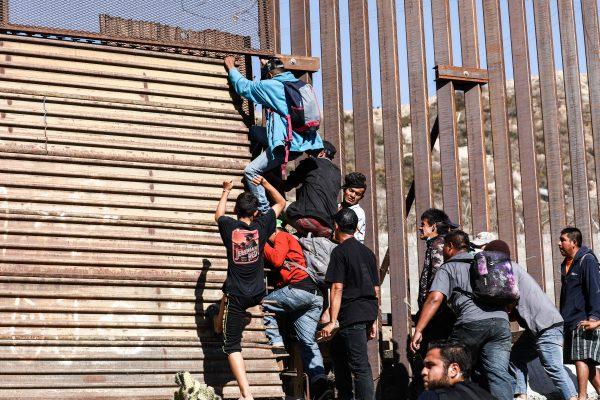
Before 2013, fewer than one percent of illegal immigrants claimed asylum. Now, it’s more than one in 10, he said.
“These increases and demographic changes in crossings are direct responses to the vulnerabilities in our legal framework that have become well-known to smugglers and migrants,” he said.
“Indeed, only 1.5 percent of family units from Central America apprehended [in fiscal] 2017 have been removed to their countries of origin, despite the fact that most will not end up having valid claims to remain in the United States when their court proceedings conclude,” McAleenan said.
“That perception—that our system will allow them to stay in the United States indefinitely—is clearly the driving pull factor for those making the journey to our border. Along with important push factors, which include challenging conditions in many parts of Central America.”
There is no fee to file an asylum application, and once an application has been pending for six months, the applicant is routinely provided work authorization—regardless of the merit of the application.
More than 800,000 asylum-seekers are already in the United States awaiting adjudication of their claims. The immigration court system is so bogged down that it will take at least seven years to clear the existing claims, without adding new ones.
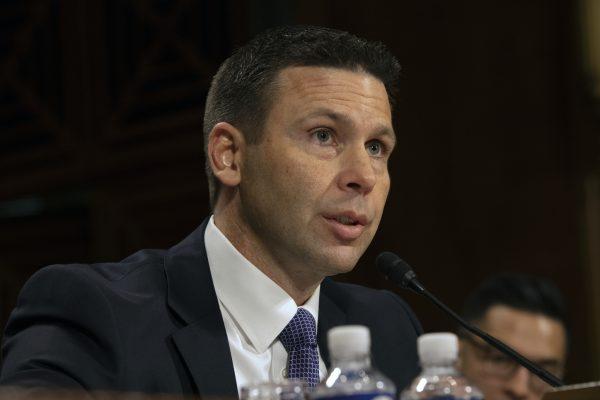
Cartels and Smuggling Organizations
Human-smuggling organizations and the Mexican cartels maintain a symbiotic relationship, according to Janice Ayala, director of the Department of Homeland Security’s Joint Task Force for Investigations (JTF-I).“Certain members of these criminal enterprises feed the major U.S. and foreign drug markets, and others control the smuggling flow across certain geographic areas of the border on behalf of their cartel,” Ayala said at a Senate hearing on Dec. 12.
“Most human smugglers are required to pay taxes and fees to cartels for access to smuggling routes through specific geographic areas and are subject to physical violence and/or death if proper coordination and compensation are not rendered.”
Often, Central American migrants pay a smuggler up to $7,000 for passage to the U.S. border and are coached on how to pass the credible-fear screening. Usually, once across the border, the family units and unaccompanied minors seek out Border Patrol and claim asylum.
However, this ties up field agents with processing and transporting asylum-seekers, which the cartels take advantage of to move high-value contraband into the United States.
“The smugglers are choosing the timing and locations for these crossings strategically in order to disrupt our border security efforts, create a diversion for smuggling of narcotics, and allow single adults seeking to evade capture to sneak in,” McAleenan said.
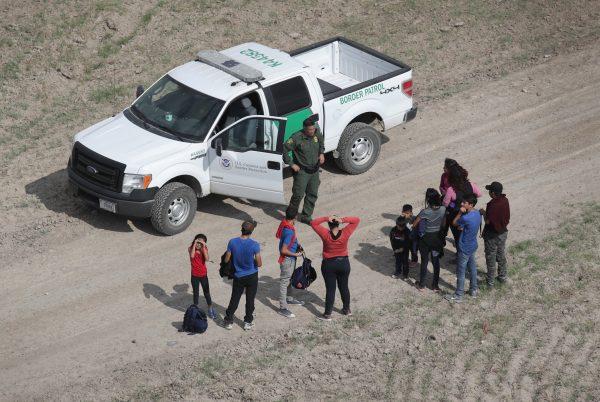
In November, Trump tried to temporarily stop this exploitation by deeming illegal border crossers ineligible for asylum. By funneling asylum-seekers through ports of entry, more Border Patrol agents remain in the field. The president issued the emergency proclamation on Nov. 9, but it was blocked by a Californian judge on Nov. 20.
McAleenan estimated the human-smuggling business is worth $2.5 billion per year in Mexico.
“I think the [cartels] are making tremendous profit off the backs of very vulnerable people right now,” he said. “Even worse, these smugglers visit horrible violence, sexual assault, and extortion on some of the most vulnerable people in our hemisphere.”
Smugglers advertise the best ways to exploit U.S. immigration law and “crossing with a child is a near guarantee of a speedy release,” McAleenan said.
“We identified over 600 families that had fraudulent claims essentially last year, where the adults and child weren’t related,” McAleenan said.
Smugglers are pairing up unrelated adults and children because, together, they can’t be held longer than 20 days due to the 1997 Clinton-era Flores Settlement Agreement, which was tightened even further during the Obama era.
Initially, in 2014 during the first family unit surge, then-Homeland Security Secretary Jeh Johnson was able to detain families together and begin removing them, which created a huge deterrent and numbers dropped off, McAleenan said.
But, in 2015, a district court in California amended Flores in a ruling that put a 20-day maximum on detention for all children.
It is impossible to adjudicate an asylum claim in fewer than 20 days, which means the claimants are released into the United States, with a court date often years down the road.
“So, as a result, we’ve seen family unit numbers climb, really unabated but for the inauguration of President Trump in January 2017,” McAleenan said.
The United States is also unable to turn Central American children (or those from any other non-contiguous nation) back into Mexico under the 2008 William Wilberforce Trafficking Victims Protection Reauthorization Act (TVPRA). Ninety-five percent of unaccompanied minors are from El Salvador, Honduras, or Guatemala.
“These weaknesses in our laws now represent the most significant factors impacting border security,” McAleenan said. “This is clearly both a border security and a humanitarian crisis.”
The administration wants Congress to amend the TVPRA so that minors who aren’t genuine trafficking victims can be returned home or removed to safe third countries. Trump also wants Congress to terminate Flores and fold its standards of care into the TVPRA.

The Wall vs. Government Shutdown
McAleenan said fencing along the border is a “critical tool” in increasing border security.“It’s already making an impact. The miles we’ve built in El Centro, [California,] and El Paso, [Texas], with the fiscal 2017 funding have dramatically reduced traffic in those areas—over 70 percent in El Centro; over 35 percent in those areas of El Paso,” he said.
In a back-and-forth with congressional Democratic leadership on Dec. 11, Trump threatened a government shutdown unless $5 billion in funding for a wall on the U.S.–Mexico border is approved.
“It’s being built right now—big sections of wall, and we will continue that. And one way or the other, it’s going to get built.”
McAleenan said CBP has a priority plan for 33 segments of wall covering 1,100 miles in total. The cost varies from $5 million to $25 million per mile, depending on the terrain, and includes property acquisition, access roads, primary and secondary fencing, as well as lights and sensors.
“We have a fully loaded cost that includes all of those different elements,” he said.



